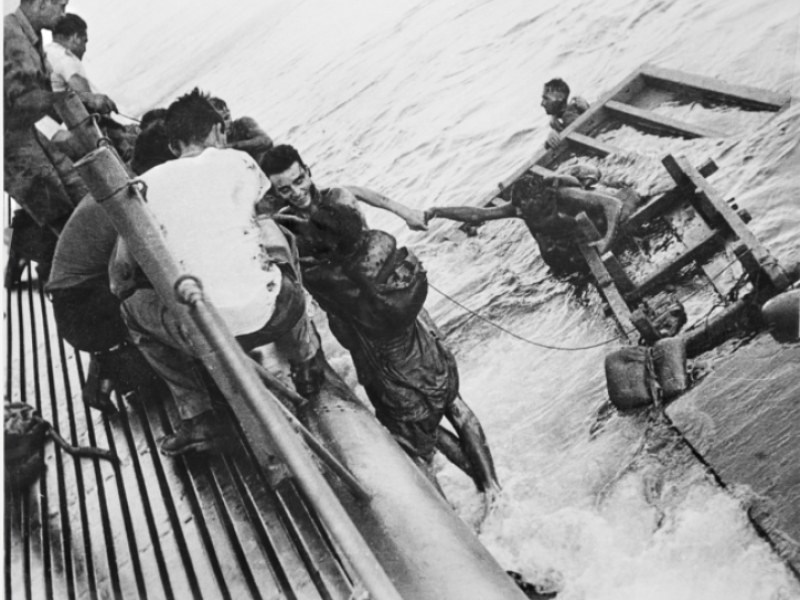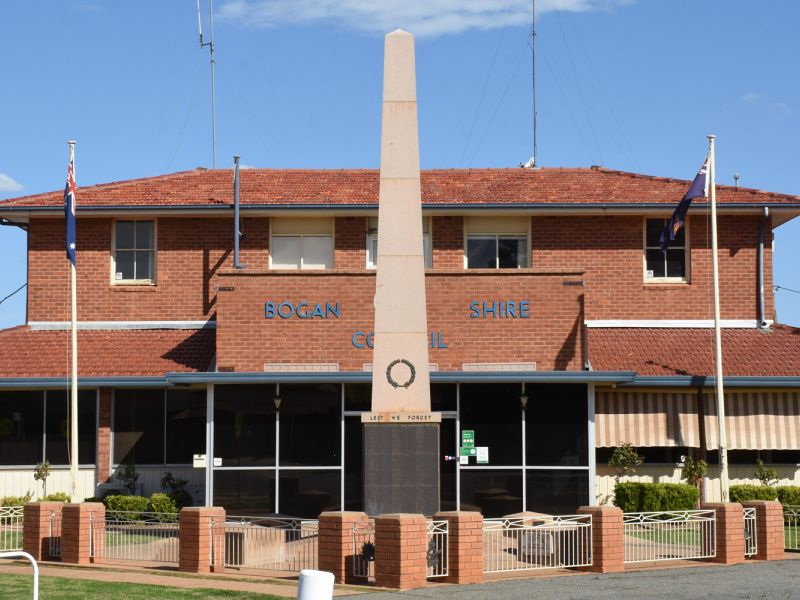Private Robert Edward Salcole, 3rd Reserve Motor Transport Company, AIF
Robert Edward Salcole was born on 30 June 1912 in Nyngan, in the Bogan Shire area of central New South Wales, to Robert Edward senior and Gertrude Emily Salcole.
Robert Sacole enlisted in the second AIF on 30 April 1941 and was posted to the 3rd Reserve Motor Transport. Following training he embarked for Singapore, where his unit joined the 8th Australian Division.
Following Japan’s entry in the war in early December 1941, the Allied forces on the Malayan peninsula were pushed back against a rapid Japanese advance.
On 6 February 1942, two days before the Japanese landed on Singapore Island, Salcole’s unit was evacuated from Singapore, arriving on Java on 11 February. There they joined other Australian units assembled on Java to form “Blackforce”, named after its commander, Brigadier Arthur Blackburn VC.
For a few days Blackburn mounted a successful holding operation but on 11 March, Blackforce was forced to surrender after the capitulation of Allied forces. 2,700 men were taken prisoner, including Robert Salcole.
Over 22,000 Australians were captured by the Japanese when they conquered south-east Asia in early 1942. More than a third would die in captivity.
At the end of 1942, Salcole was transported to Burma as part of the Burma–Thailand Railway workforce being assembled by the Japanese.
When the railway was completed in October 1943, Salcole was moved from Thailand to Singapore. Here, along with more than 2,000 Australian and British prisoners of war, he embarked upon the ship Rakuyō Maru, to be transported to Japan.
The Rakuyō Maru, carrying 1,318 Australian and British POWs and the Kachidoki Maru, carrying 900 British POWs, were part of a convoy carrying raw materials that left Singapore for Japan on 6 September 1944.
The prisoners were all survivors of the Burma–Thailand Railway however the ships were not marked in any way to show that they carried Allied troops or POWs.
On the morning of 12 September 1944, the convoy was attacked by American submarines in the South China Sea. Rakuyō Maru was sunk by USS Sealion II, and Kachidoki Maru by USS Pampanito. Prisoners able to evacuate the ships spent the following days in life rafts or clinging to wreckage in open water.
About 150 Australian and British survivors were rescued by American submarines. A further 500 were picked up by Japanese destroyers and continued the journey to Japan. Those not rescued perished at sea. 1,559 POWs were killed in the incident, all missing at sea.
Salcole was one of the missing. It is believed that he clung to floating debris for four days before disappearing beneath the waves.
He was 32 years old.
Today his name, along with the 543 missing Australian sailors from the Rakuyō Maru, appears on the Labuan Memorial in Malaysia.
The sinking of the Rakuyō Maru was one of several Japanese ships transporting Australian POWs during the Second World War that were sunk by Allied submarines. Others included the Montevideo Maru (1 July 1942), the Tamahoko Maru (24 June 1944), and the Harugiku Maru (26 June 1944). Over 2,000 Australian POWs died in these incidents.
Lachlan Grant, Historian, Military History Section
- Australian War Memorial https://www.awm.gov.au/collection/C2278494

 Australian War Memorial
Australian War Memorial